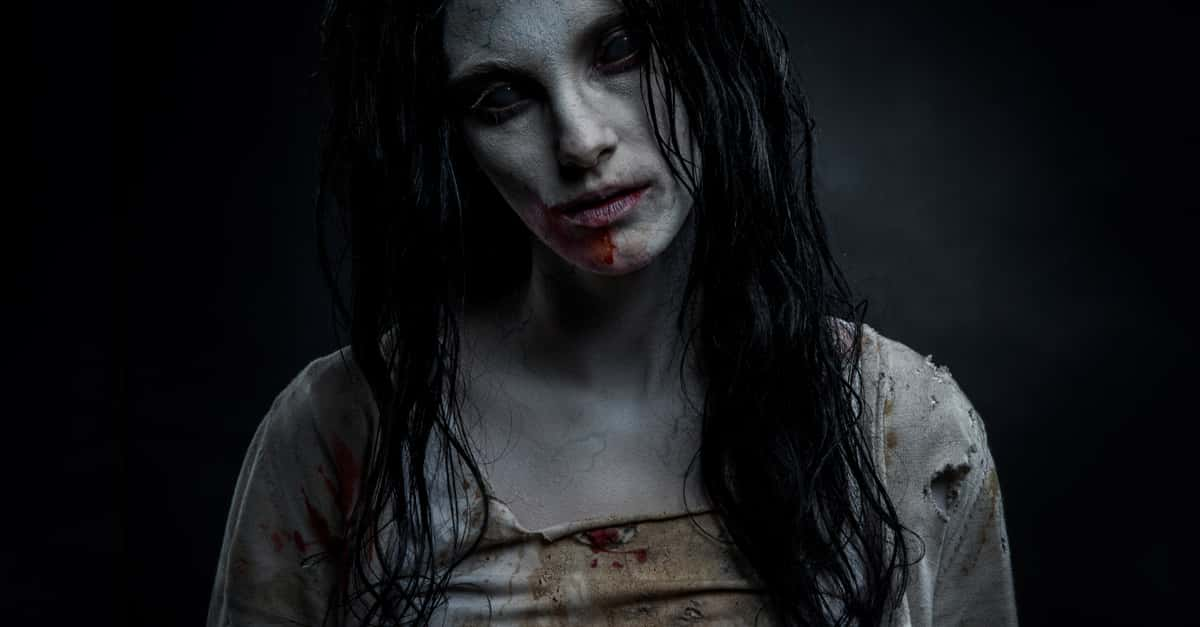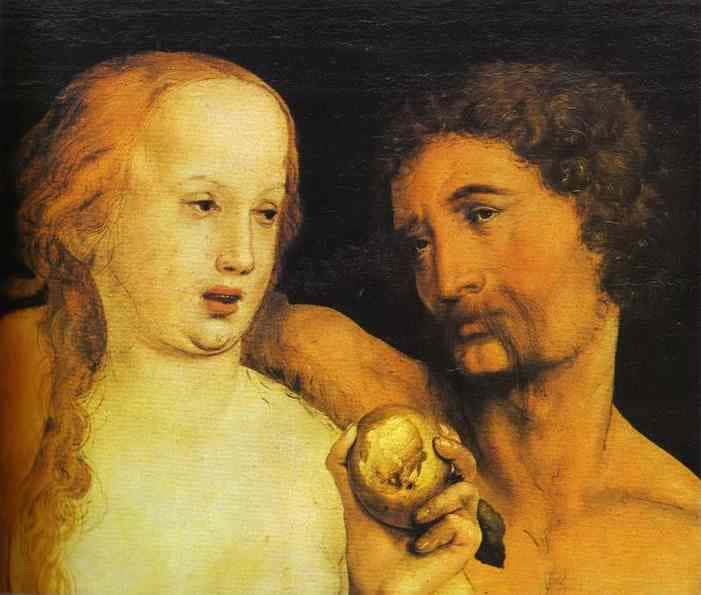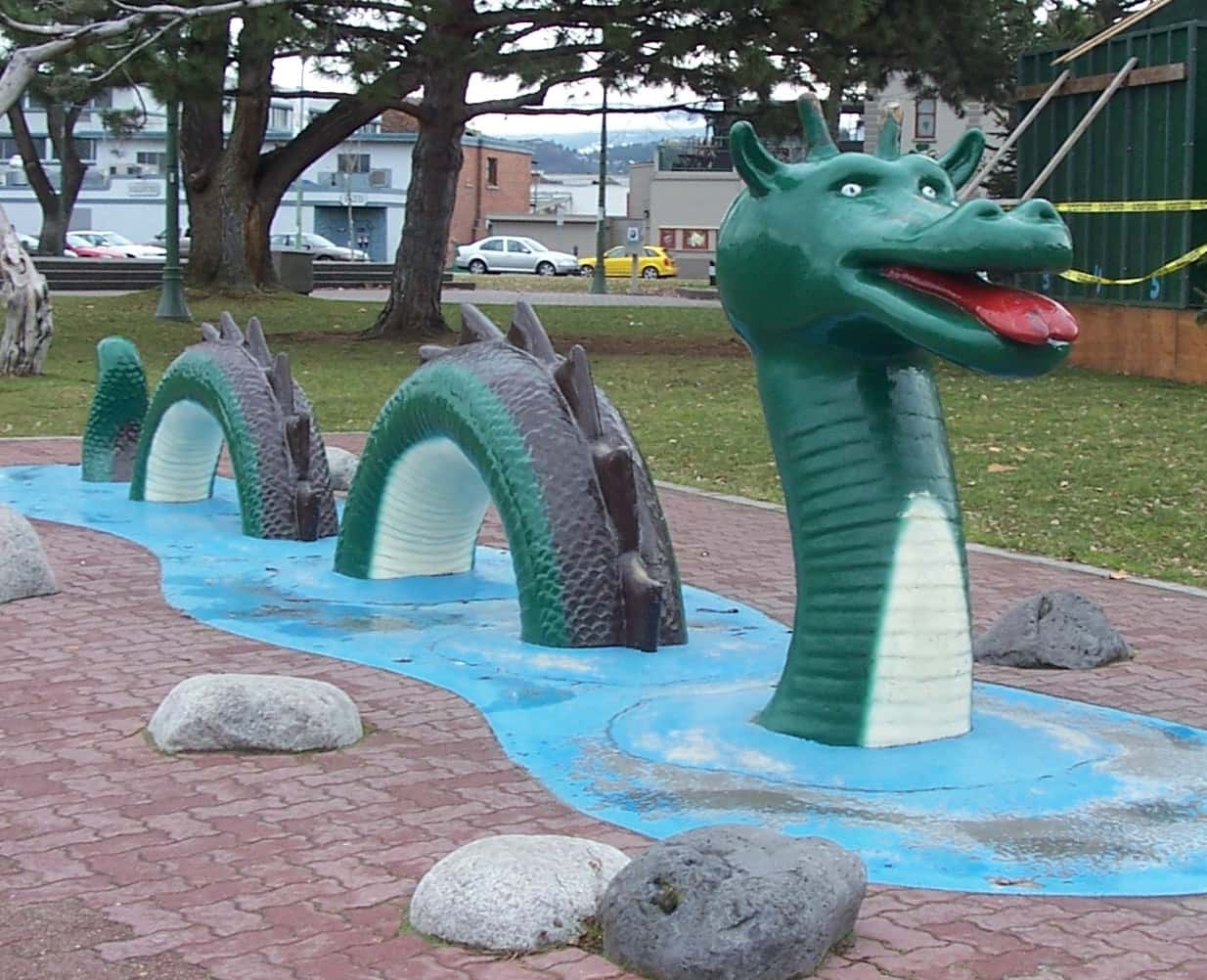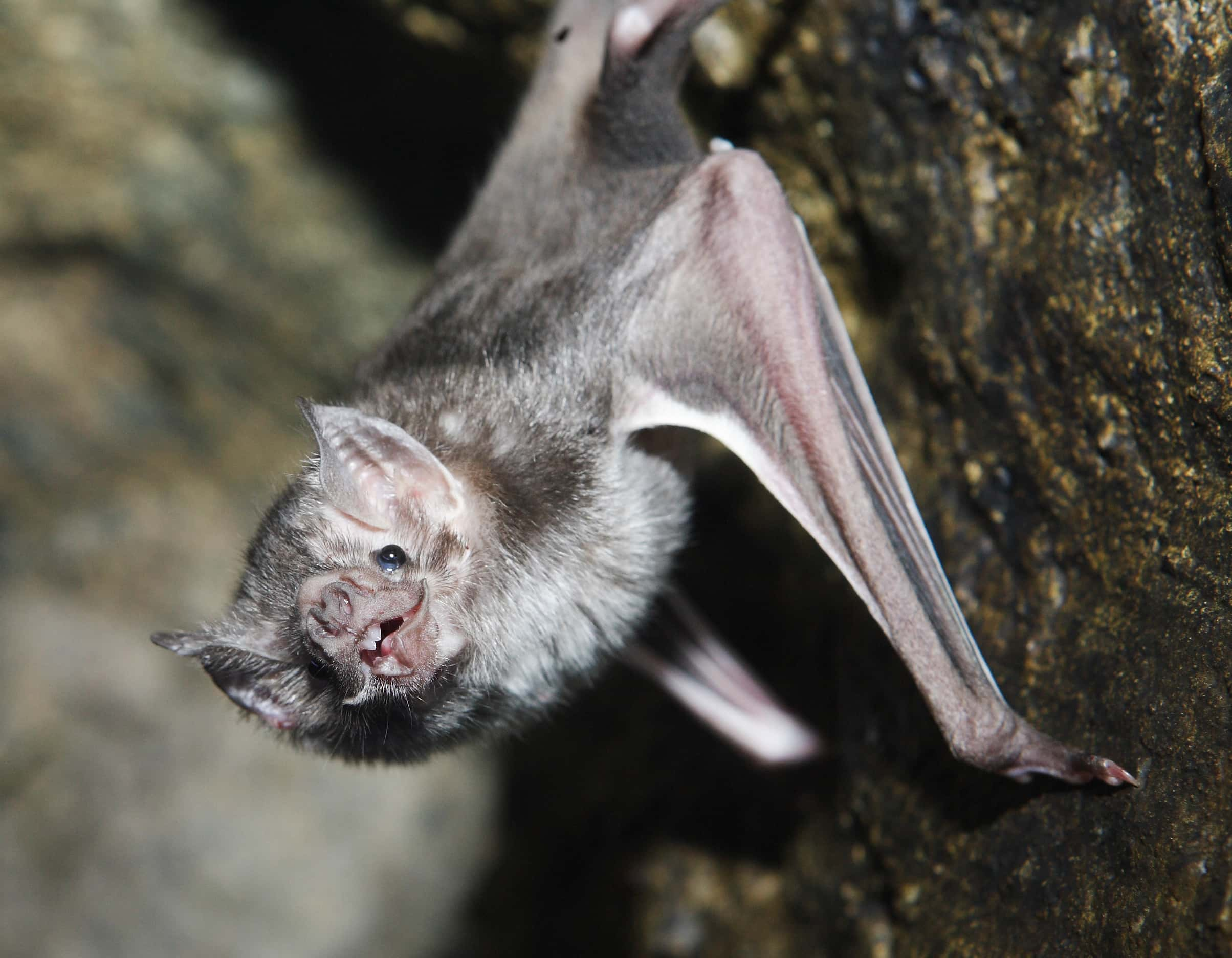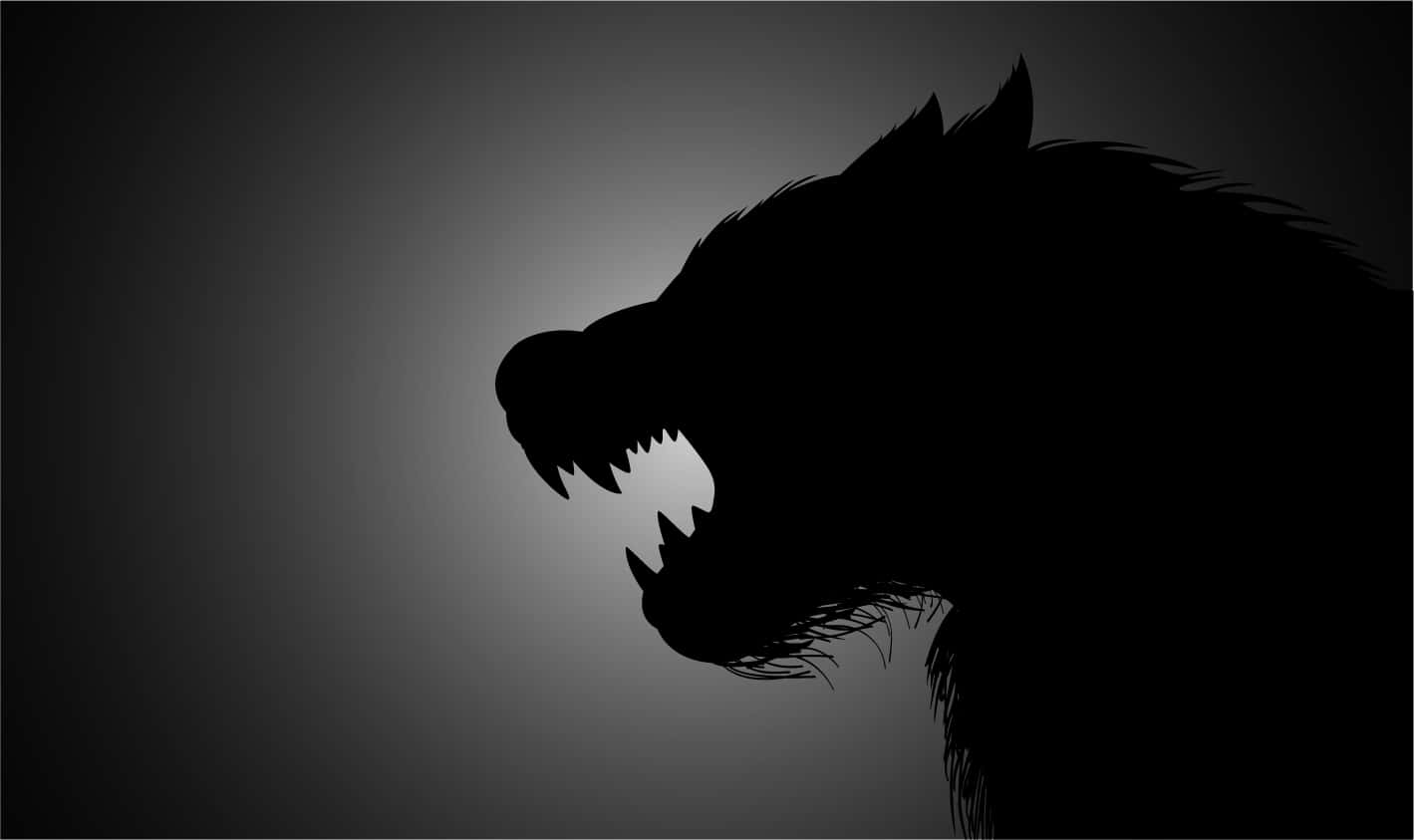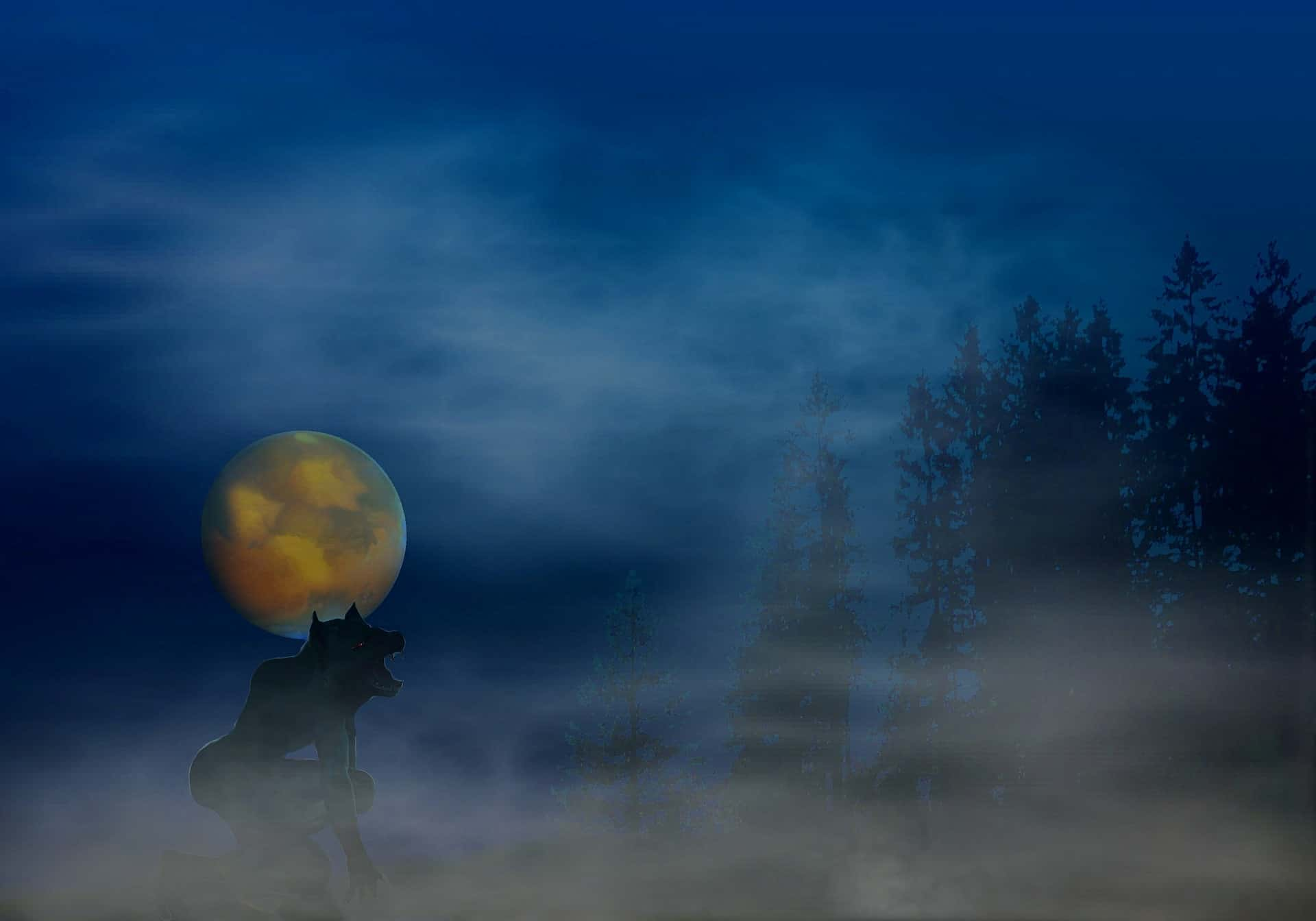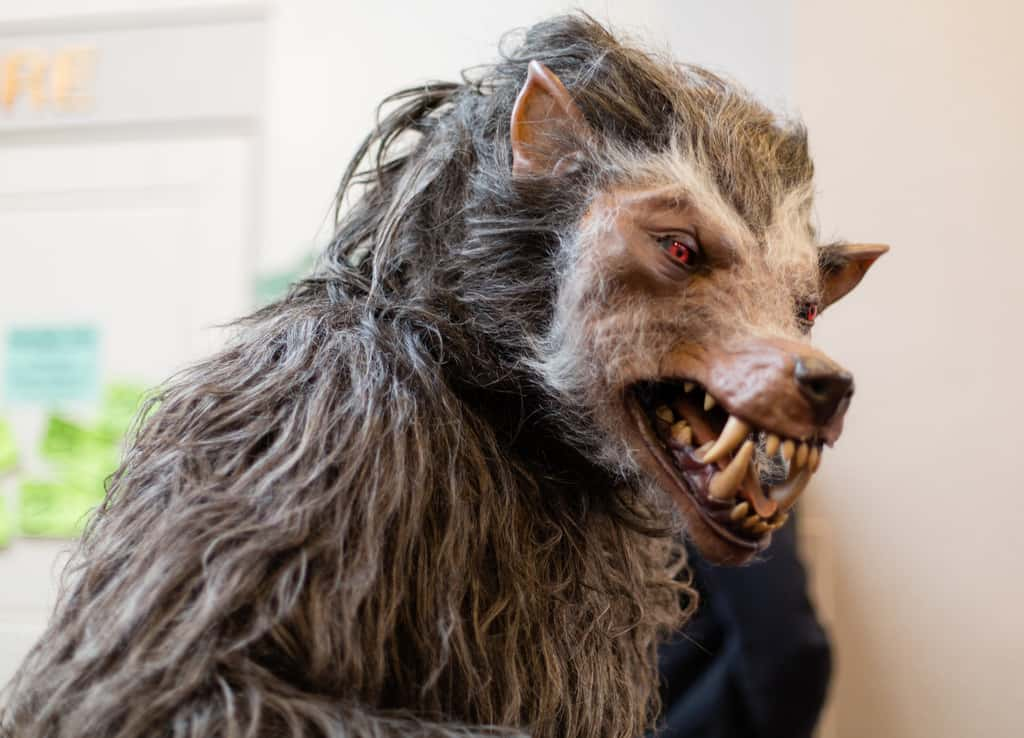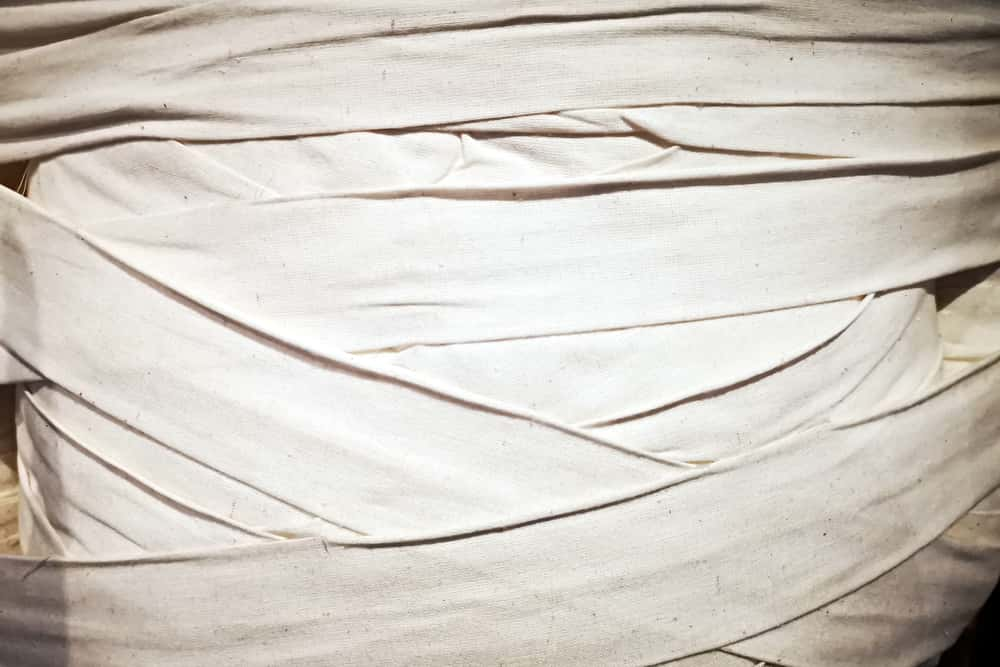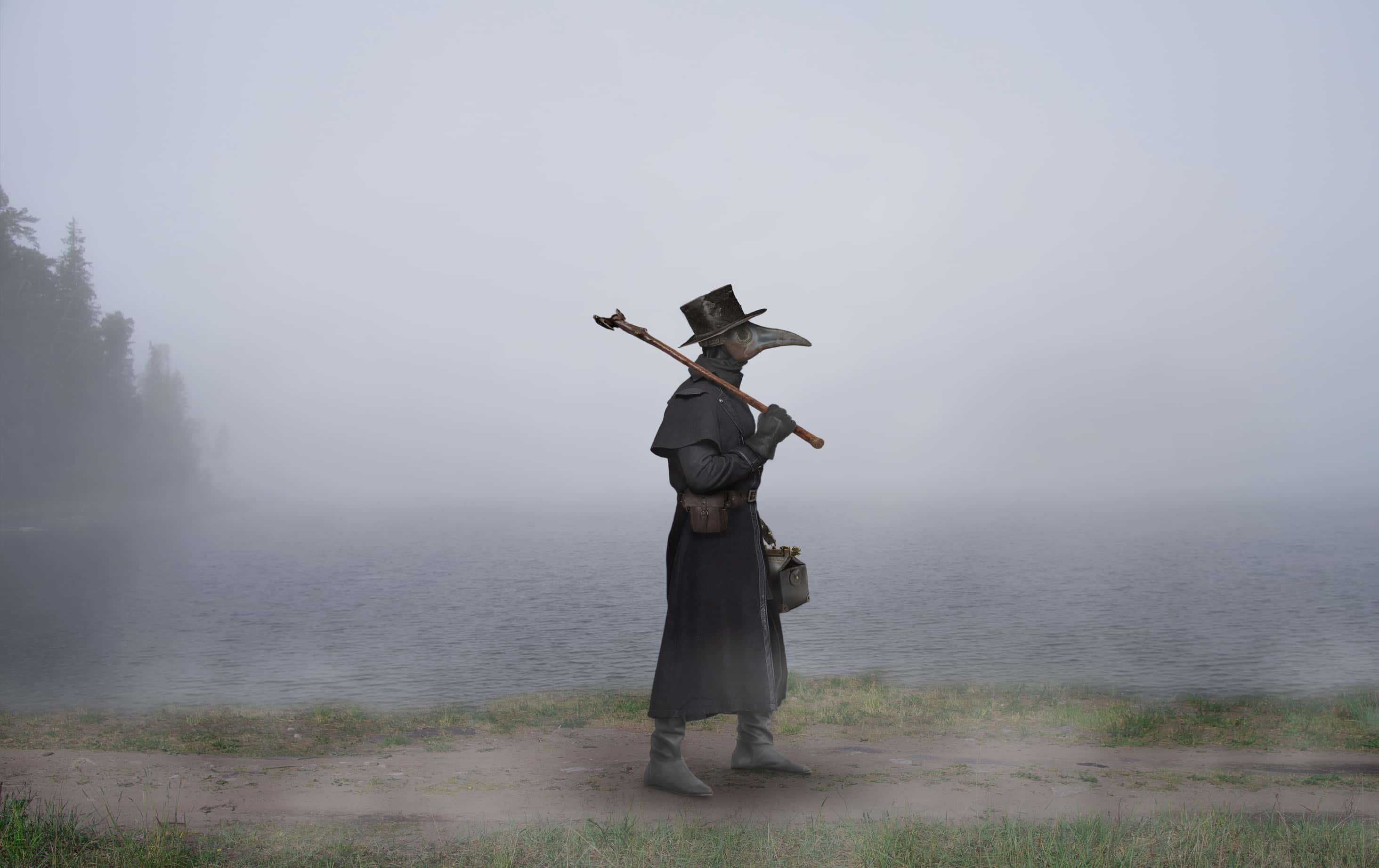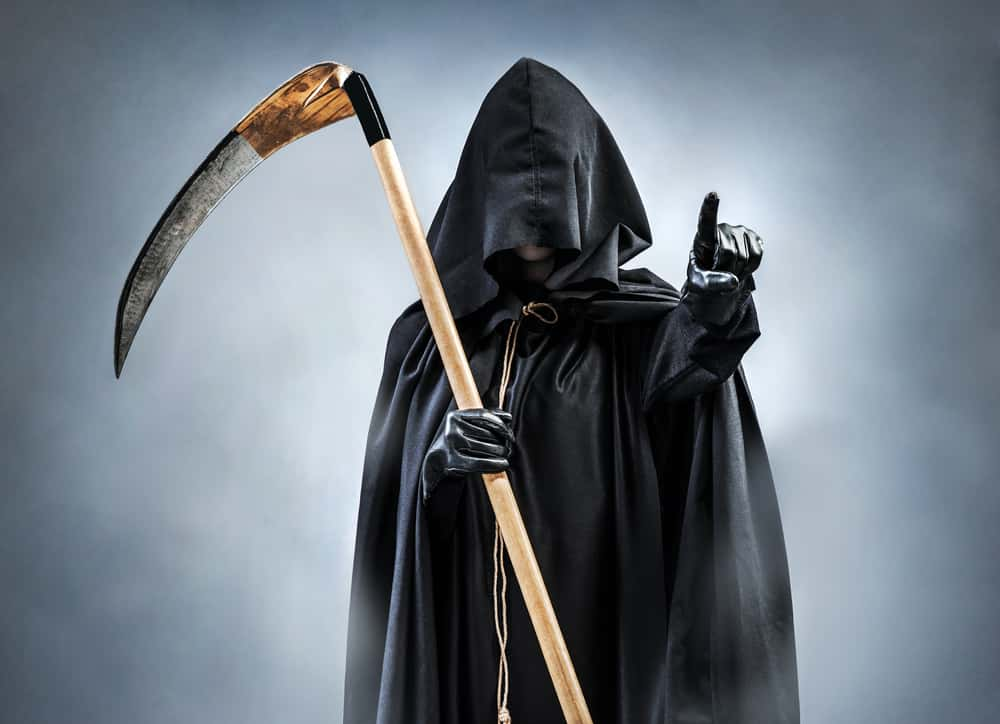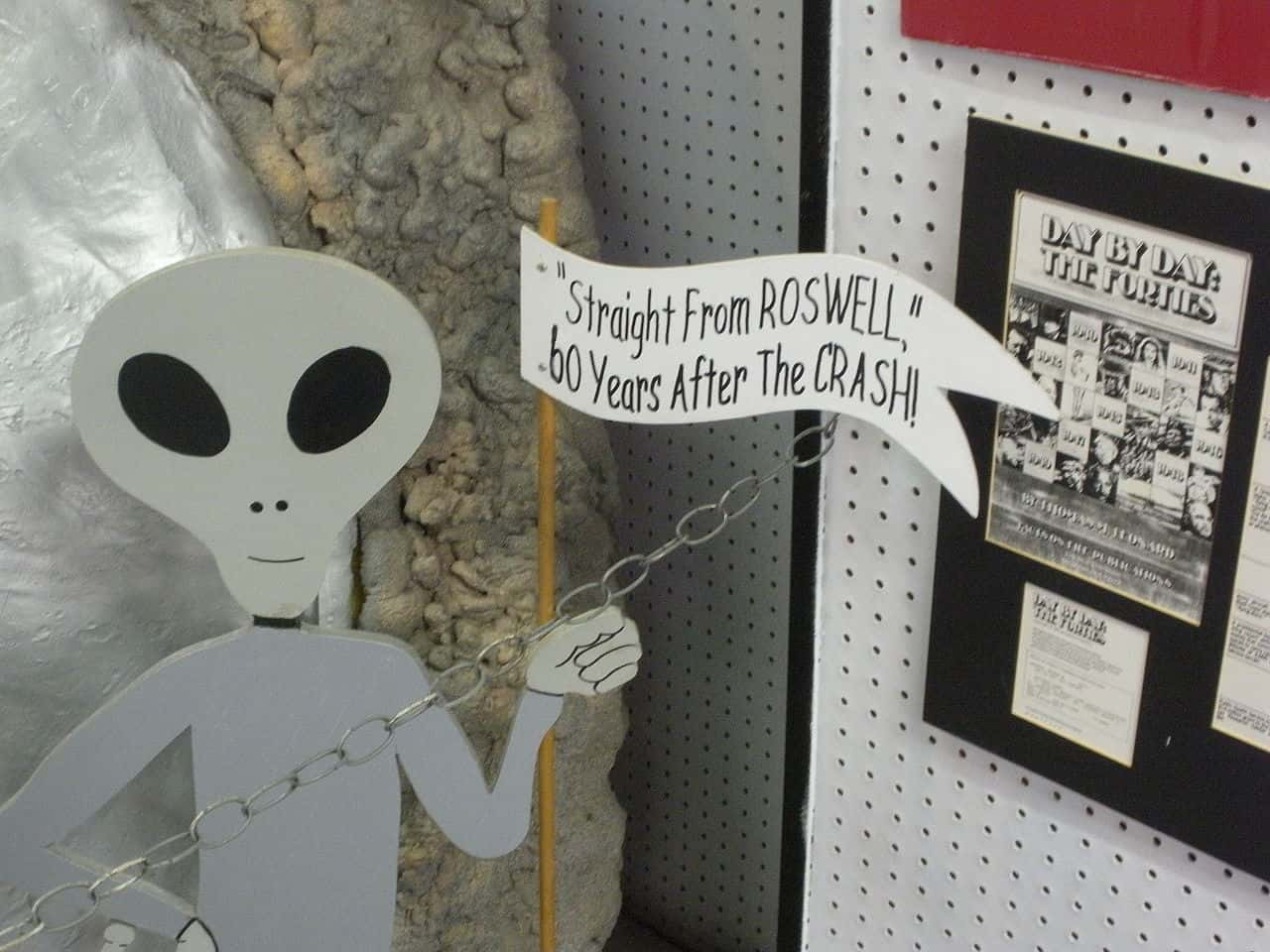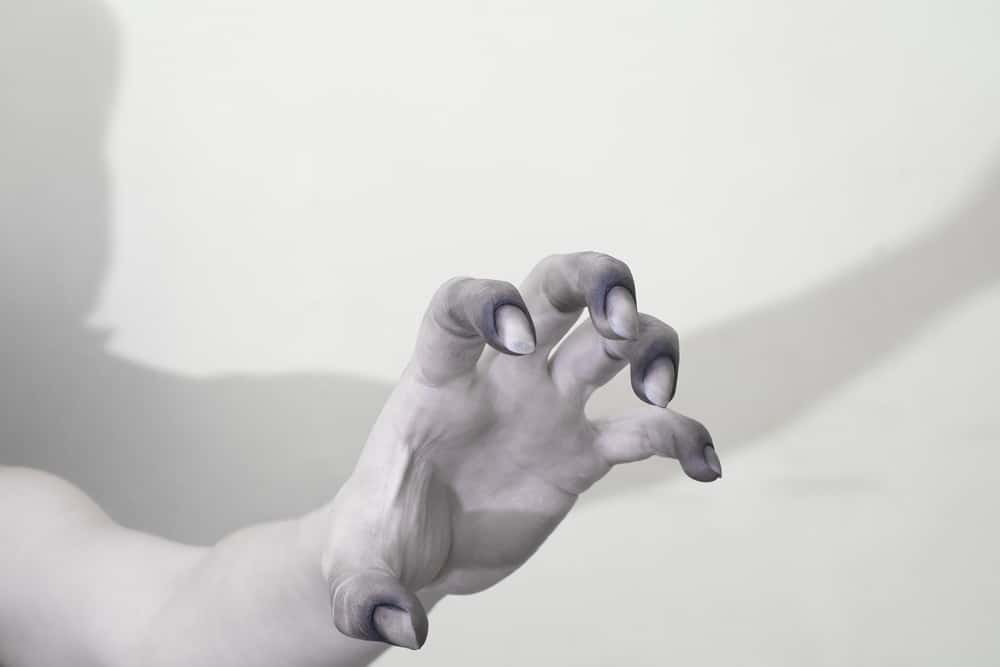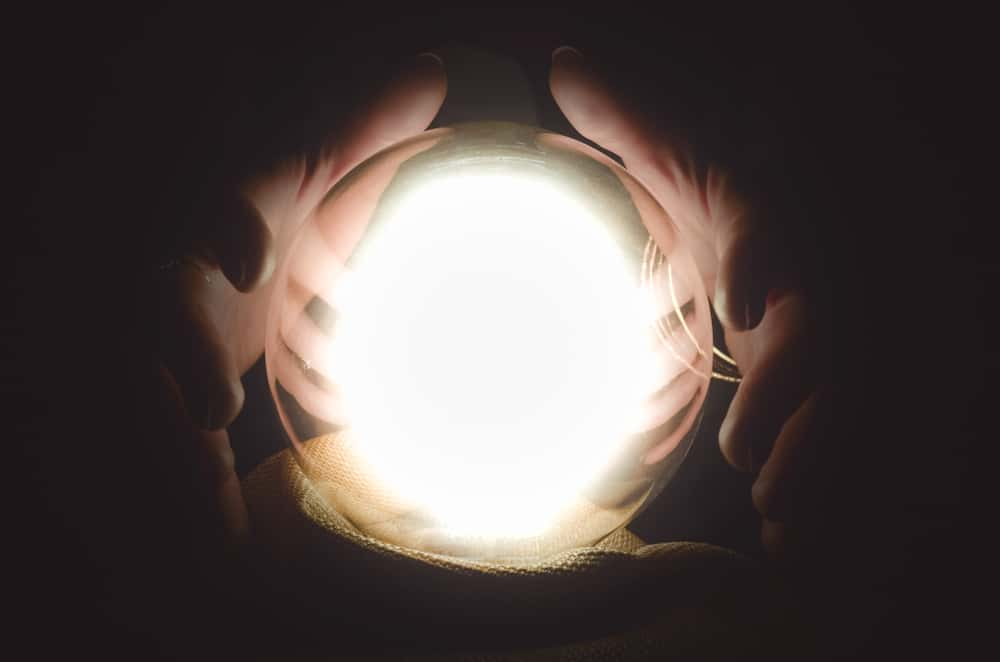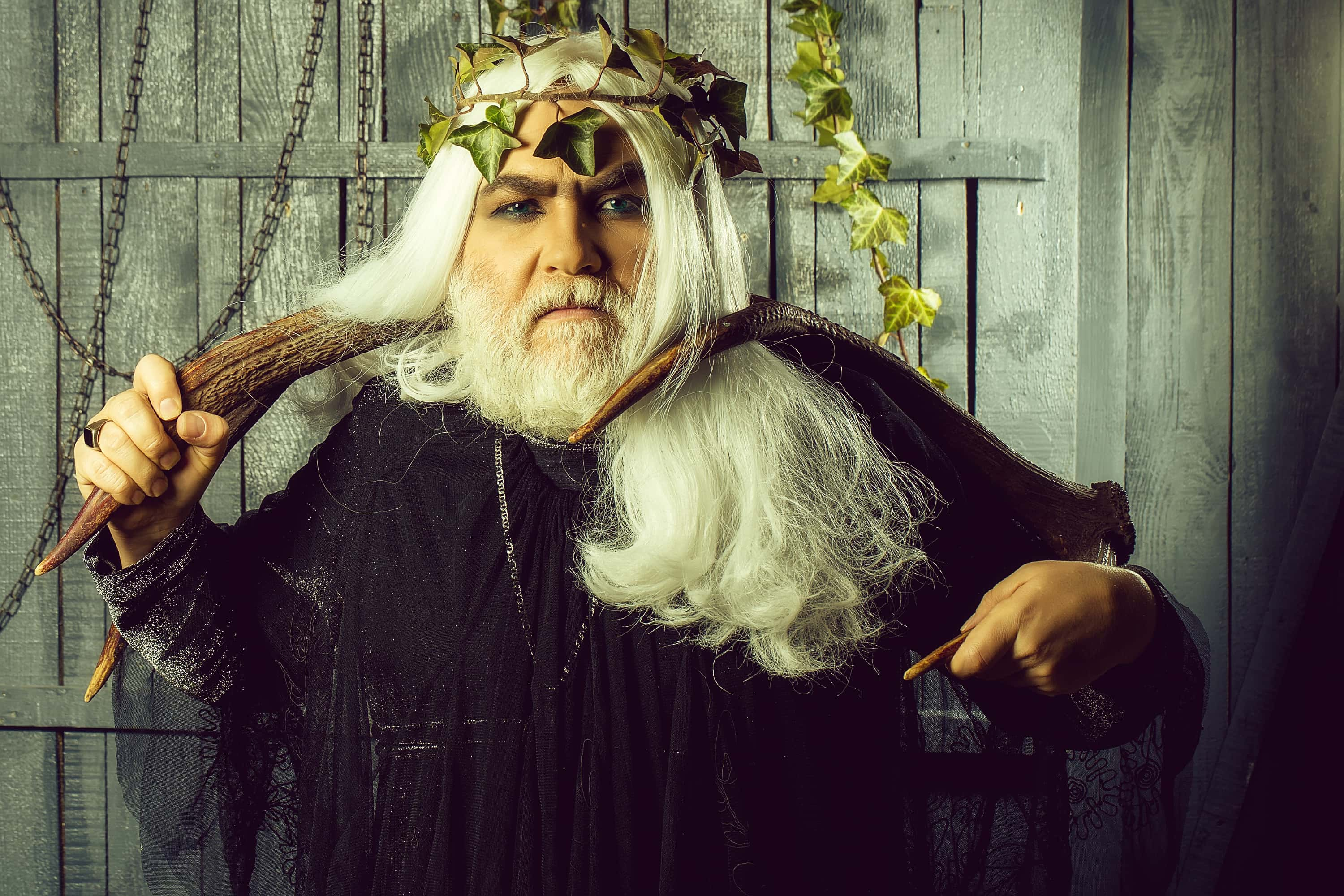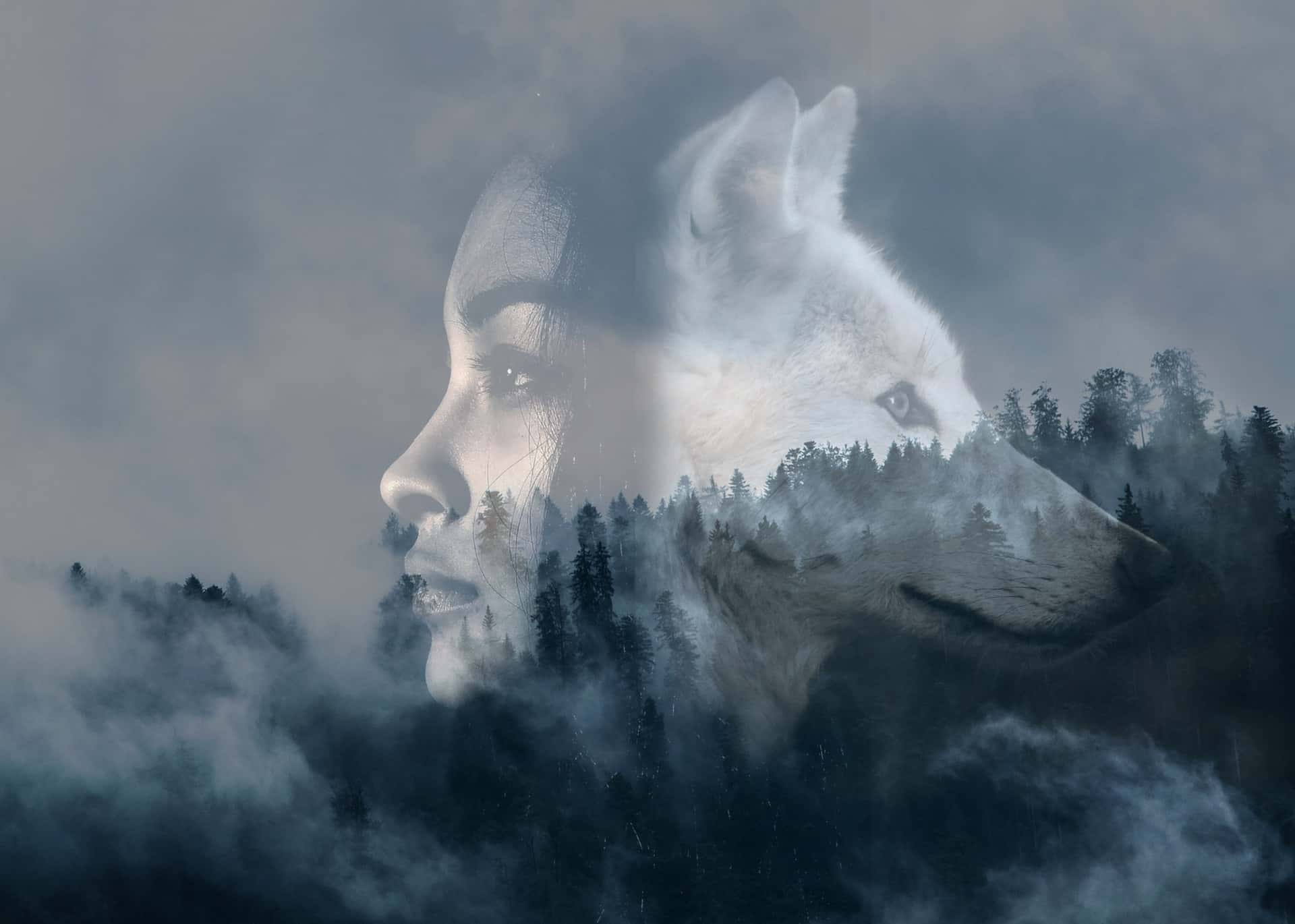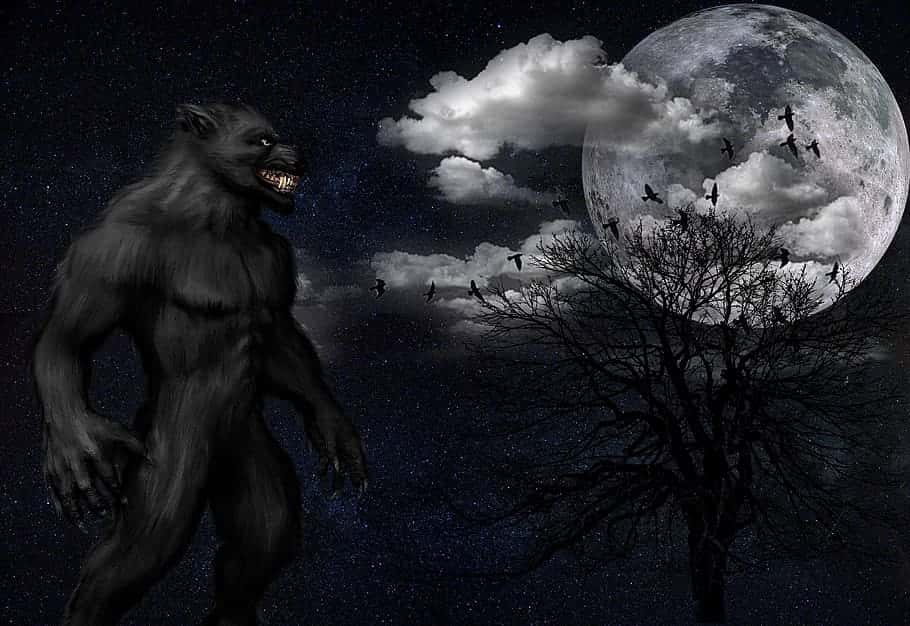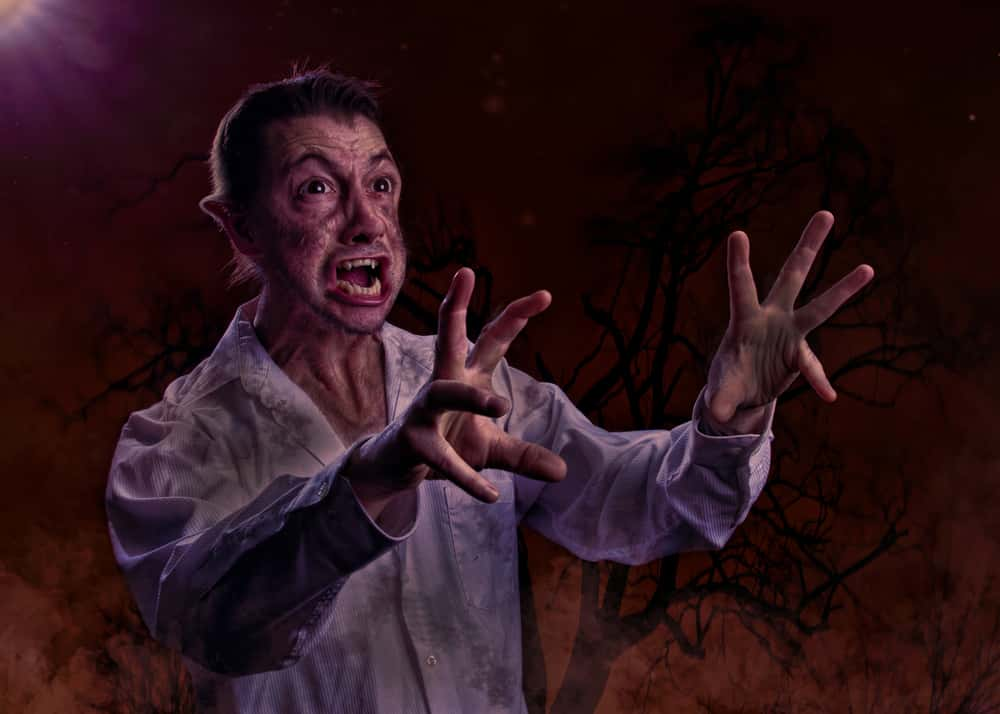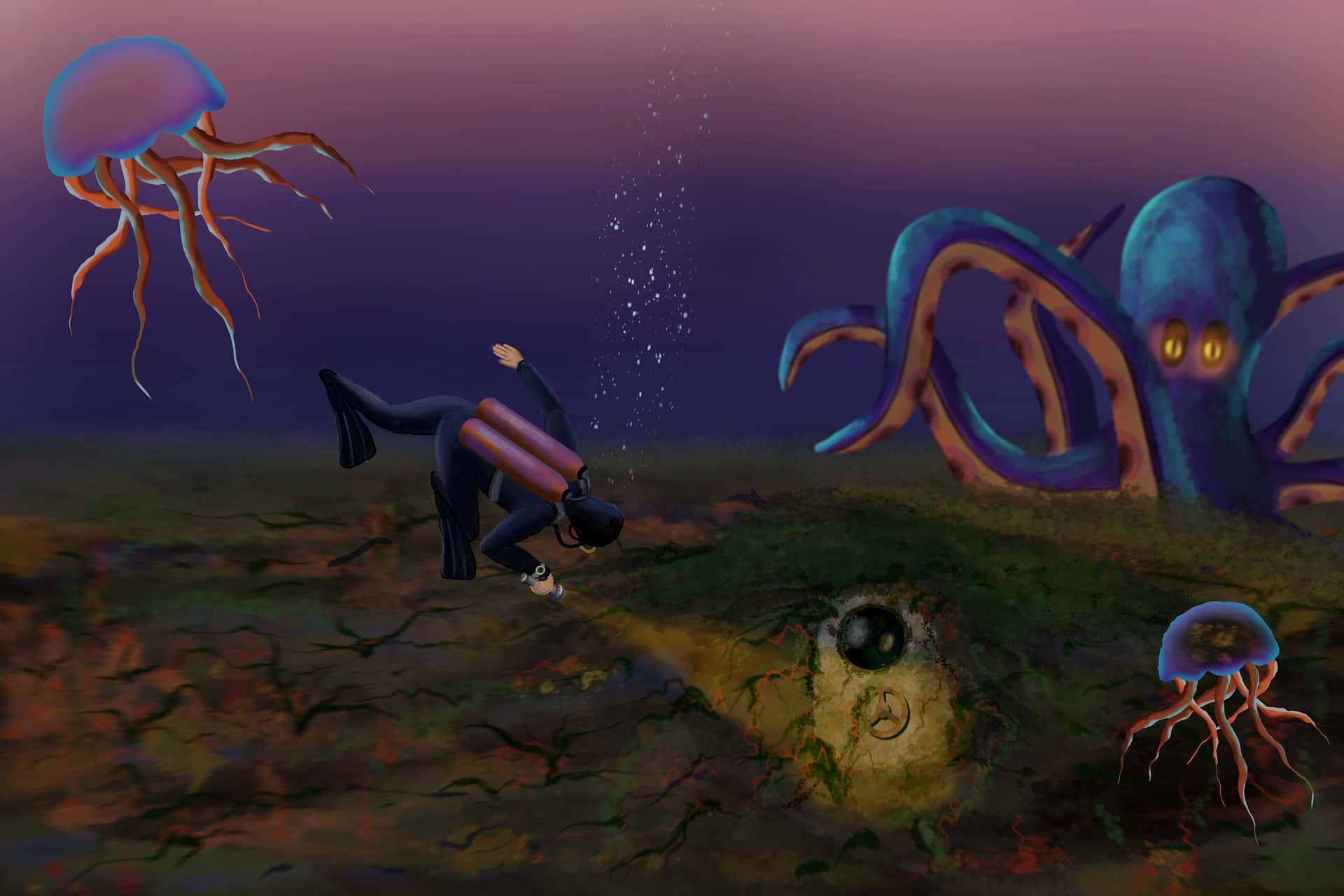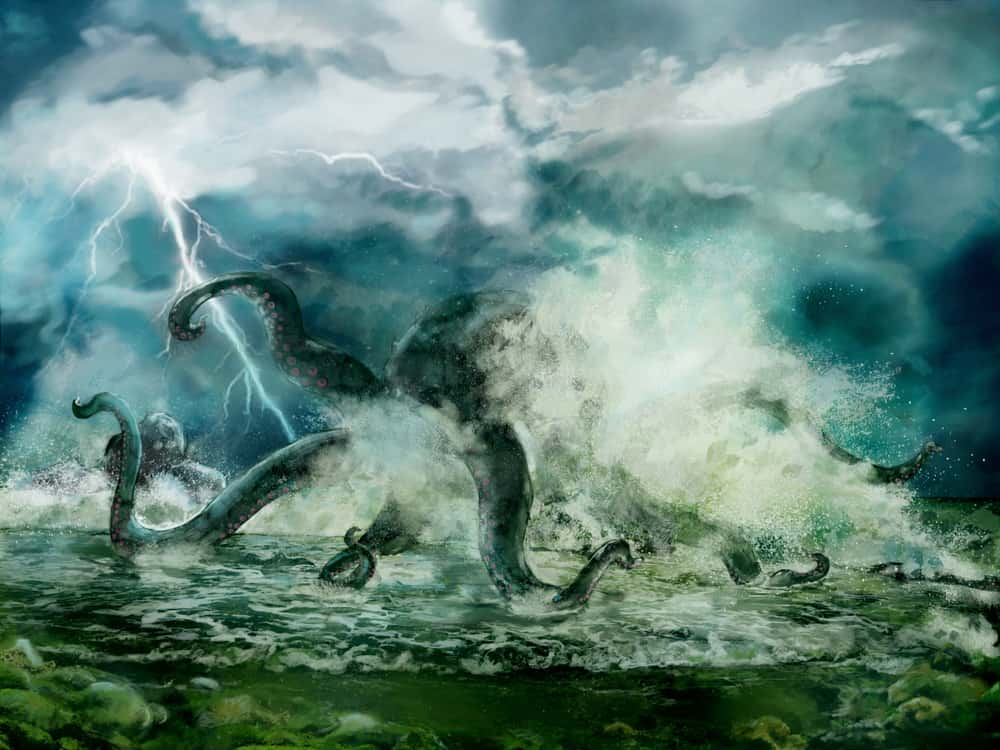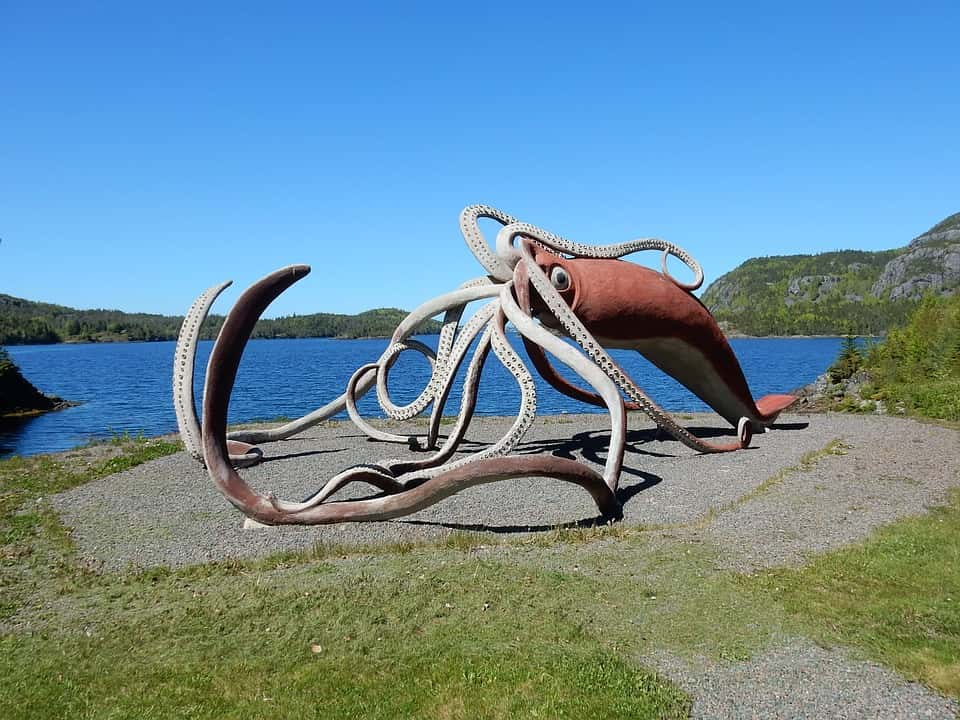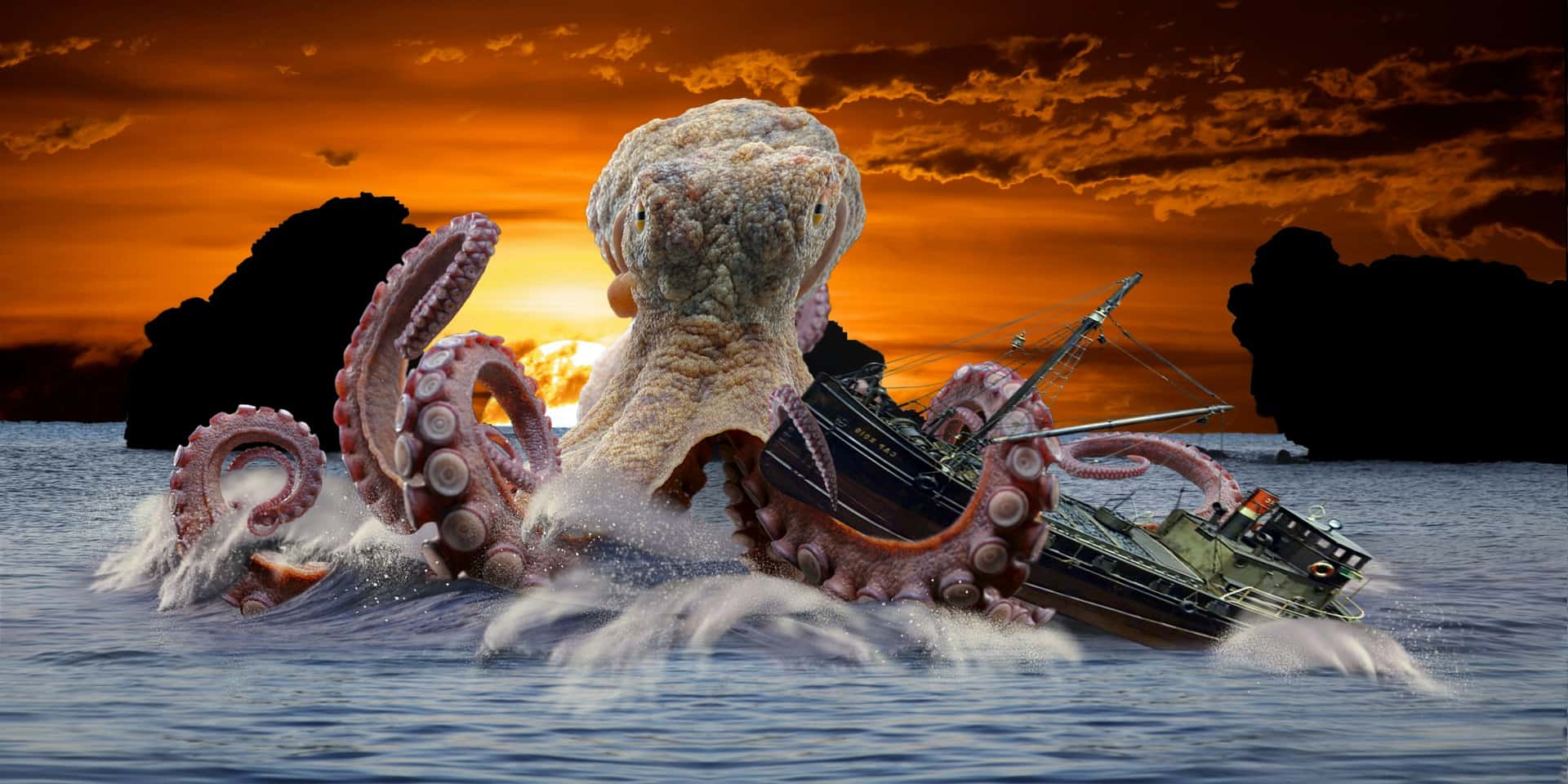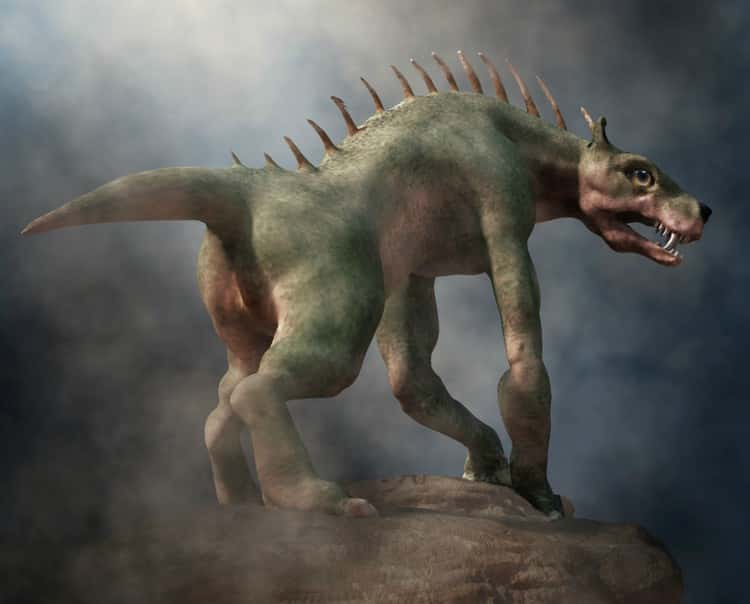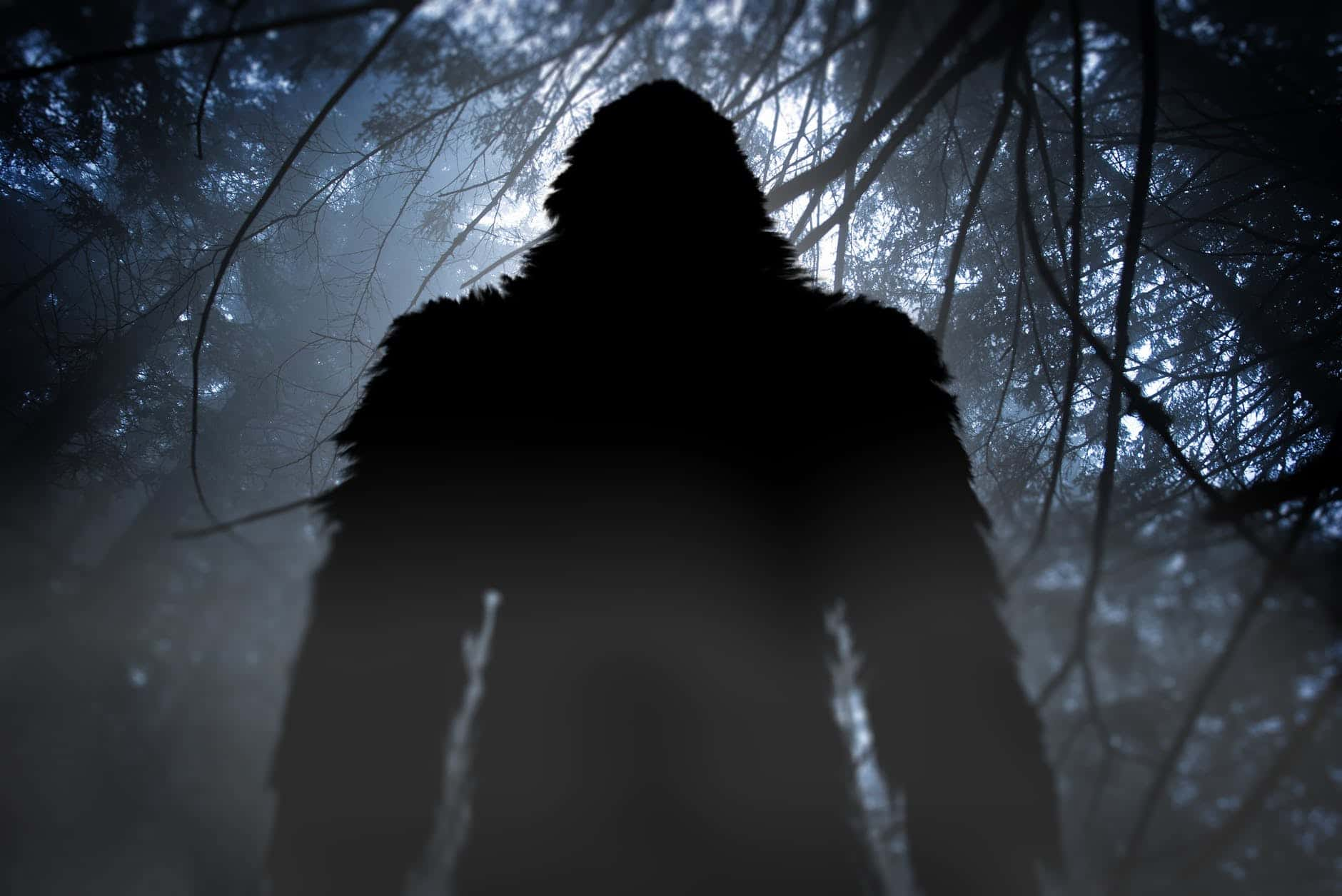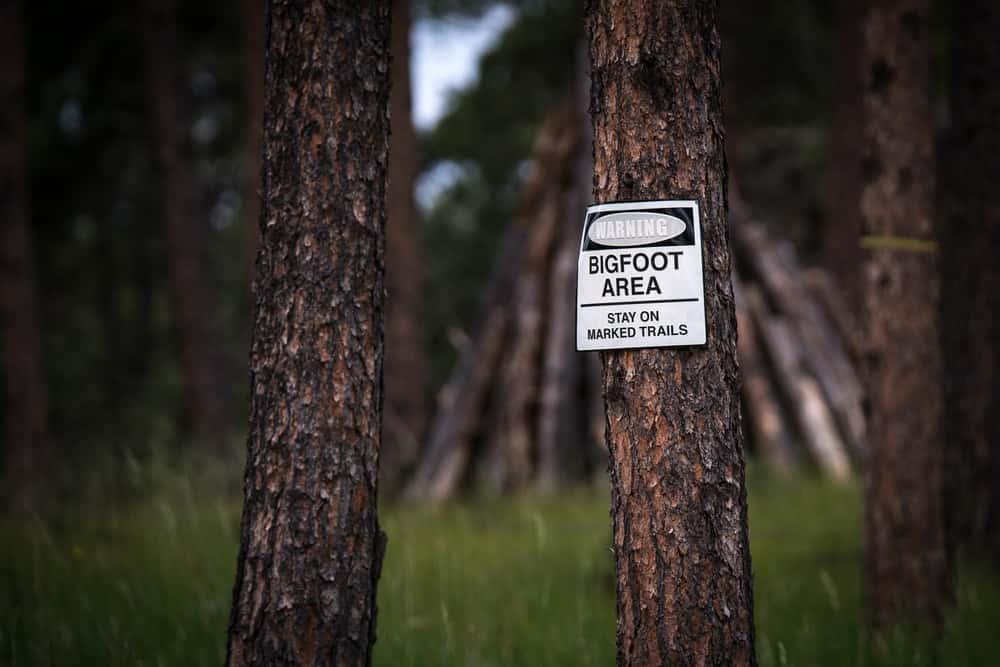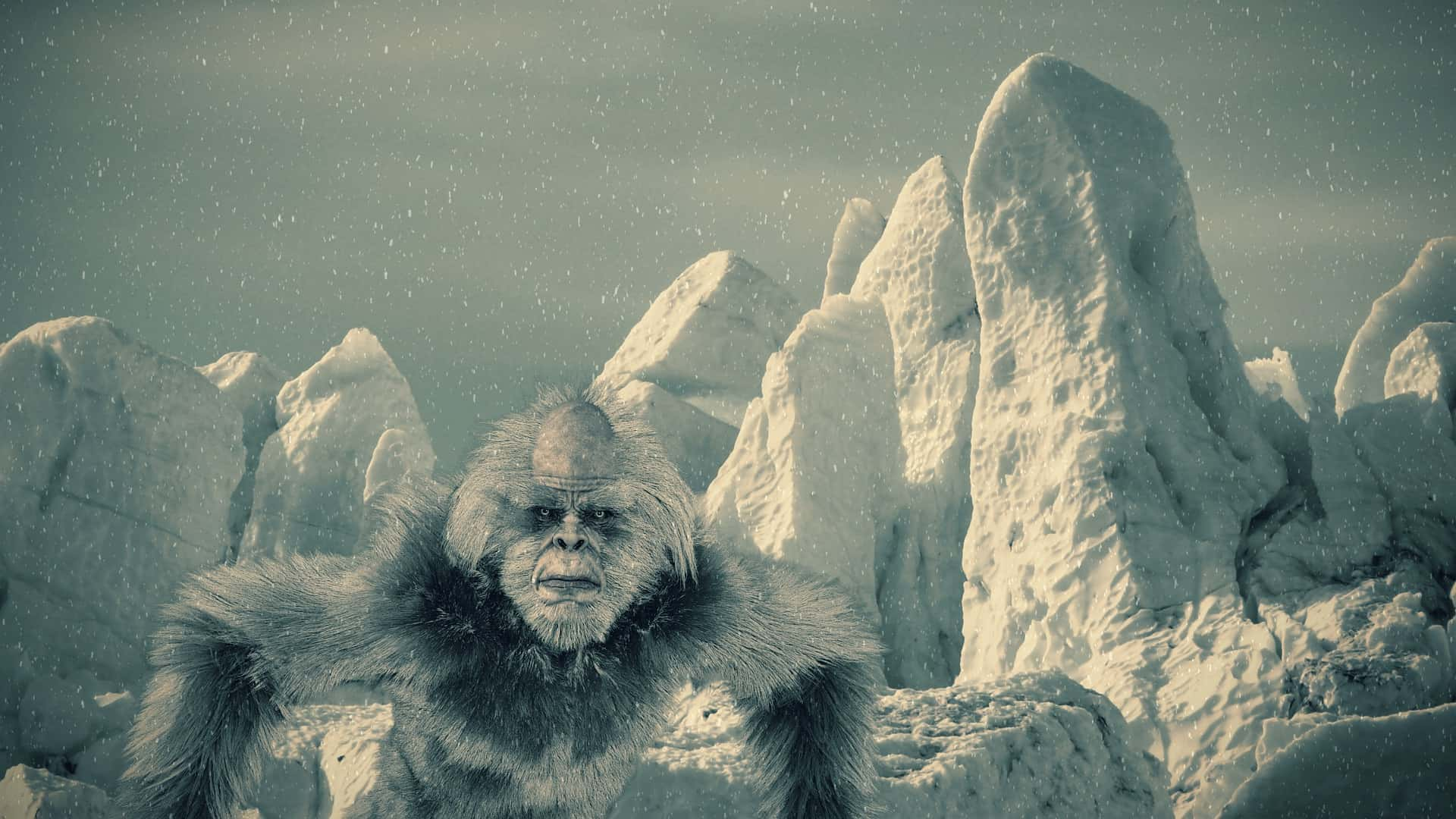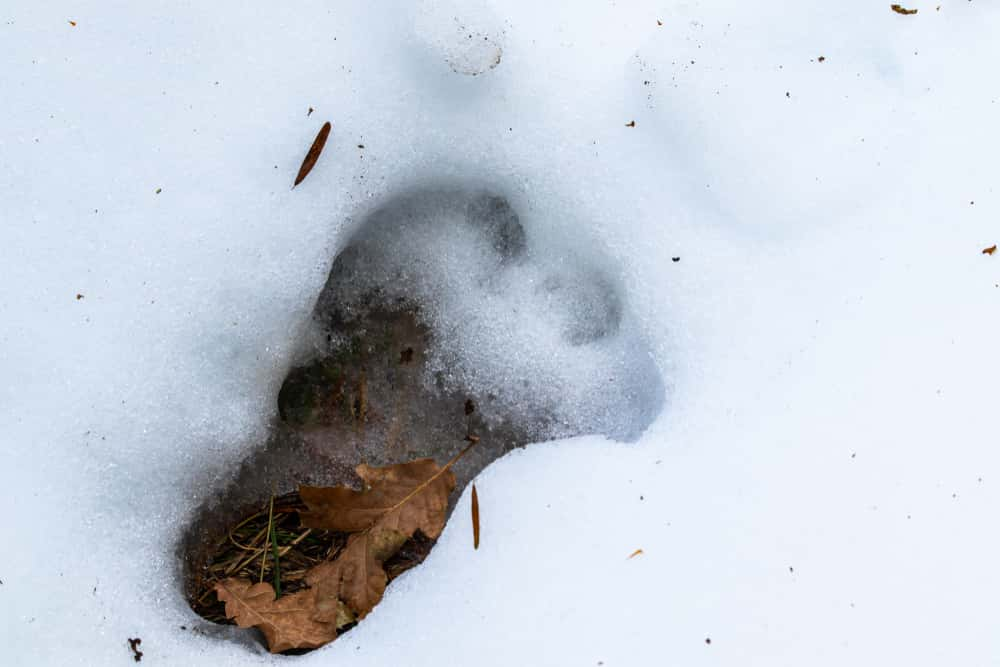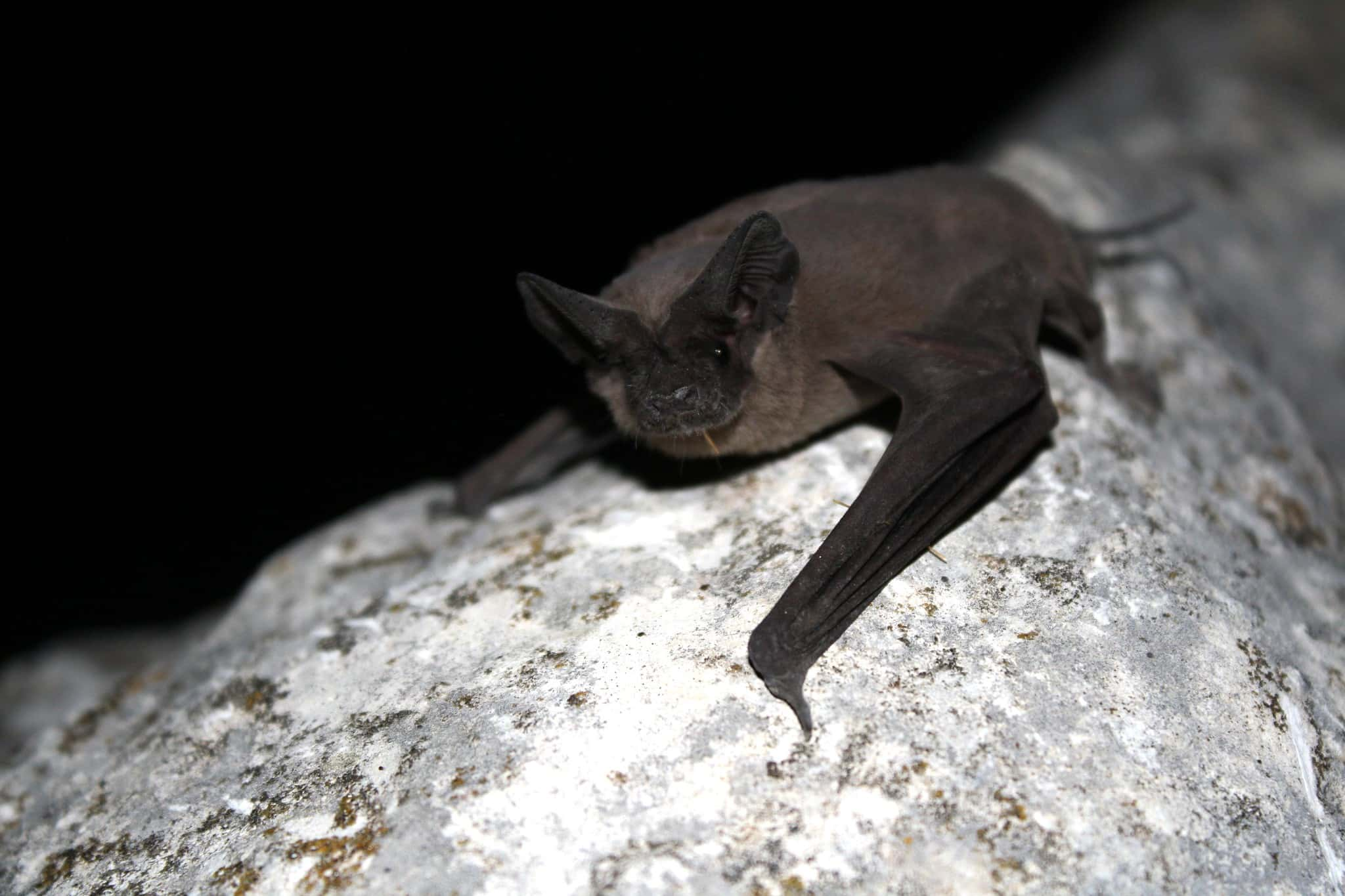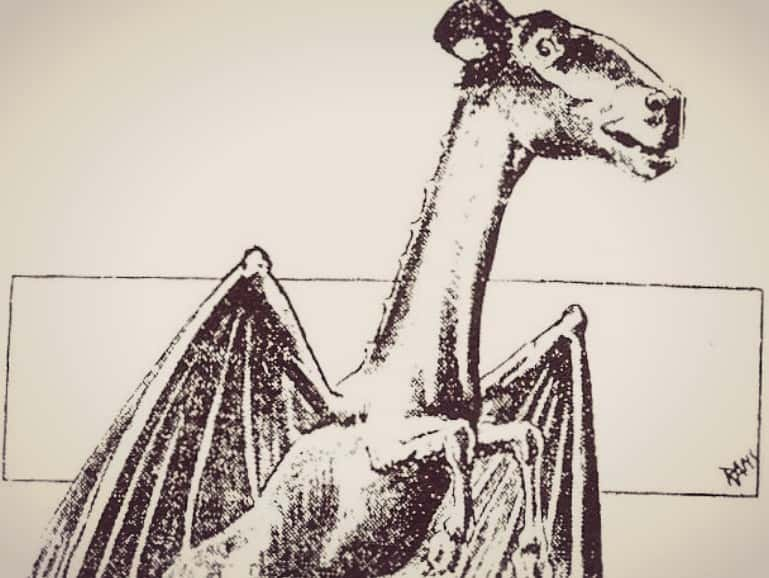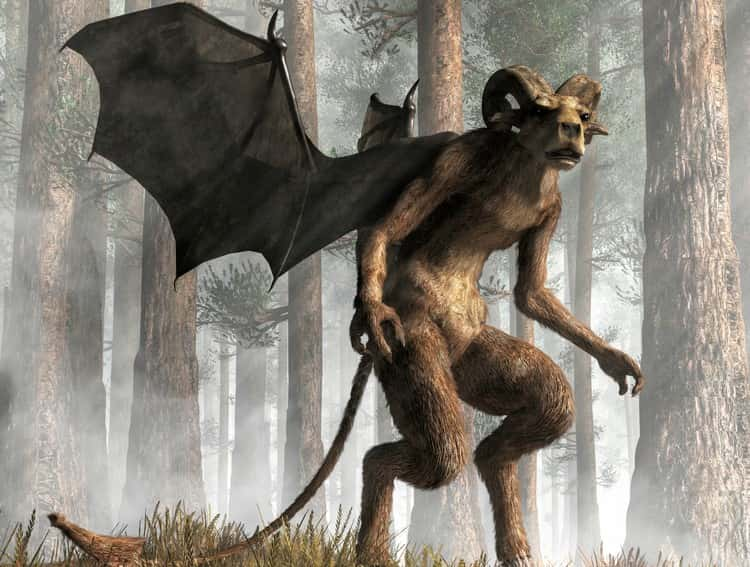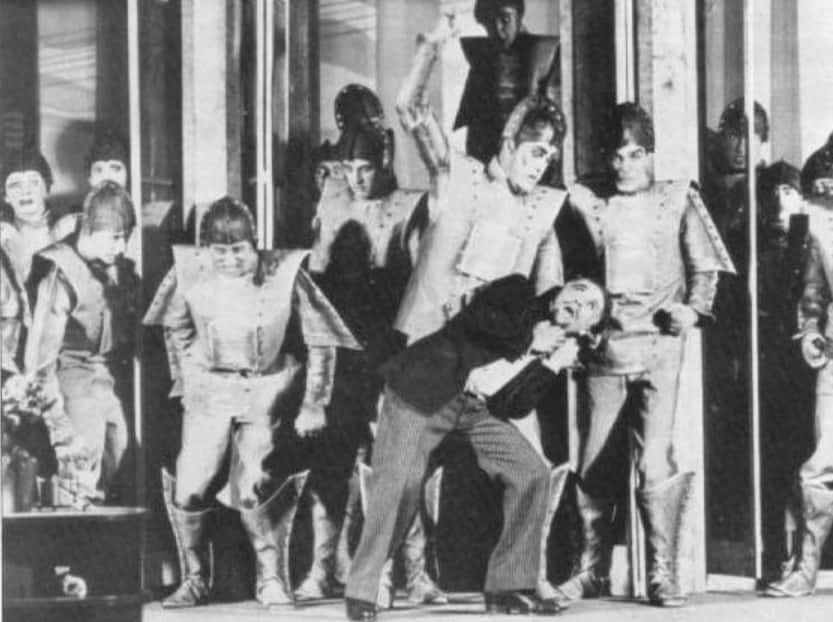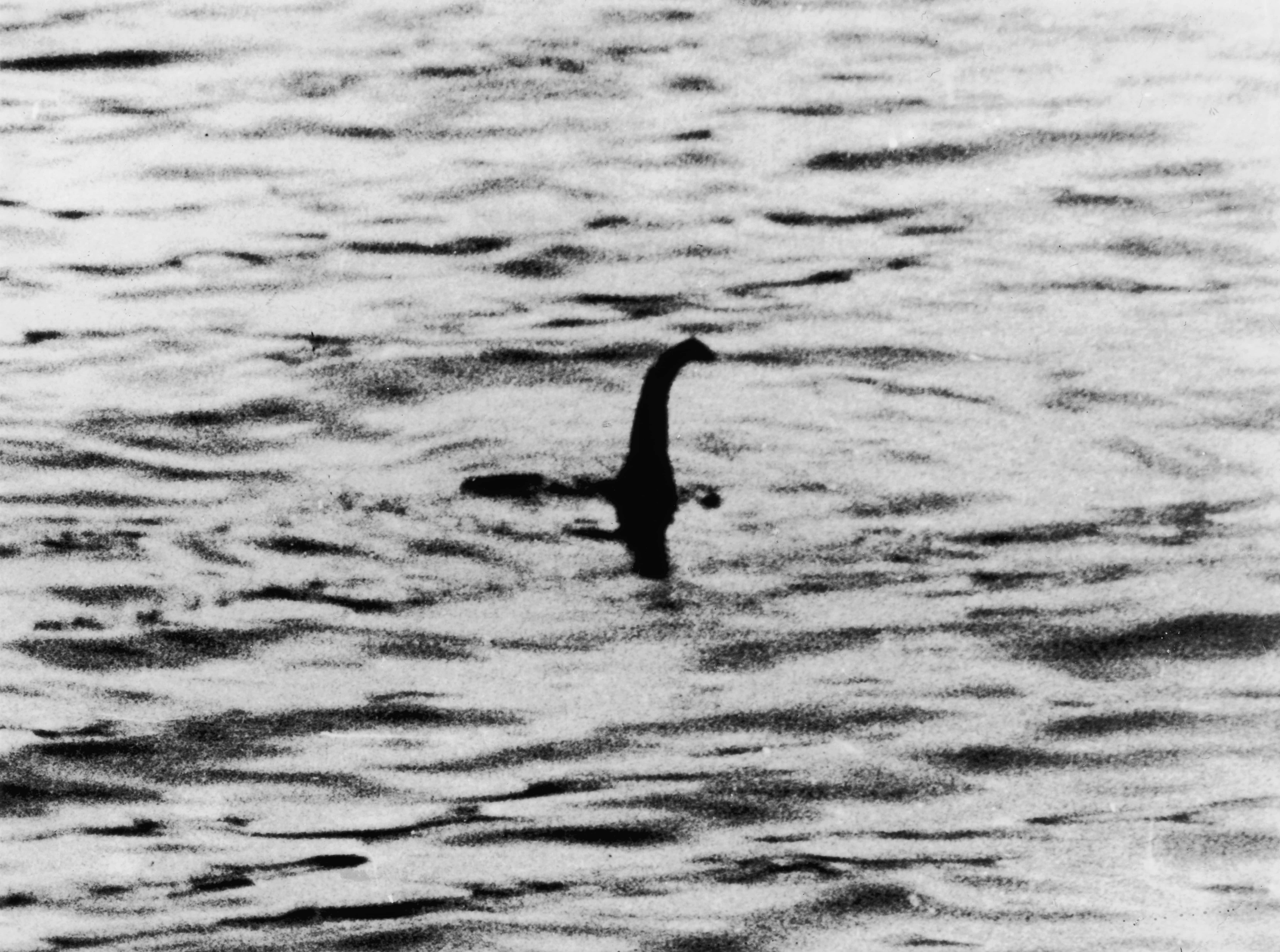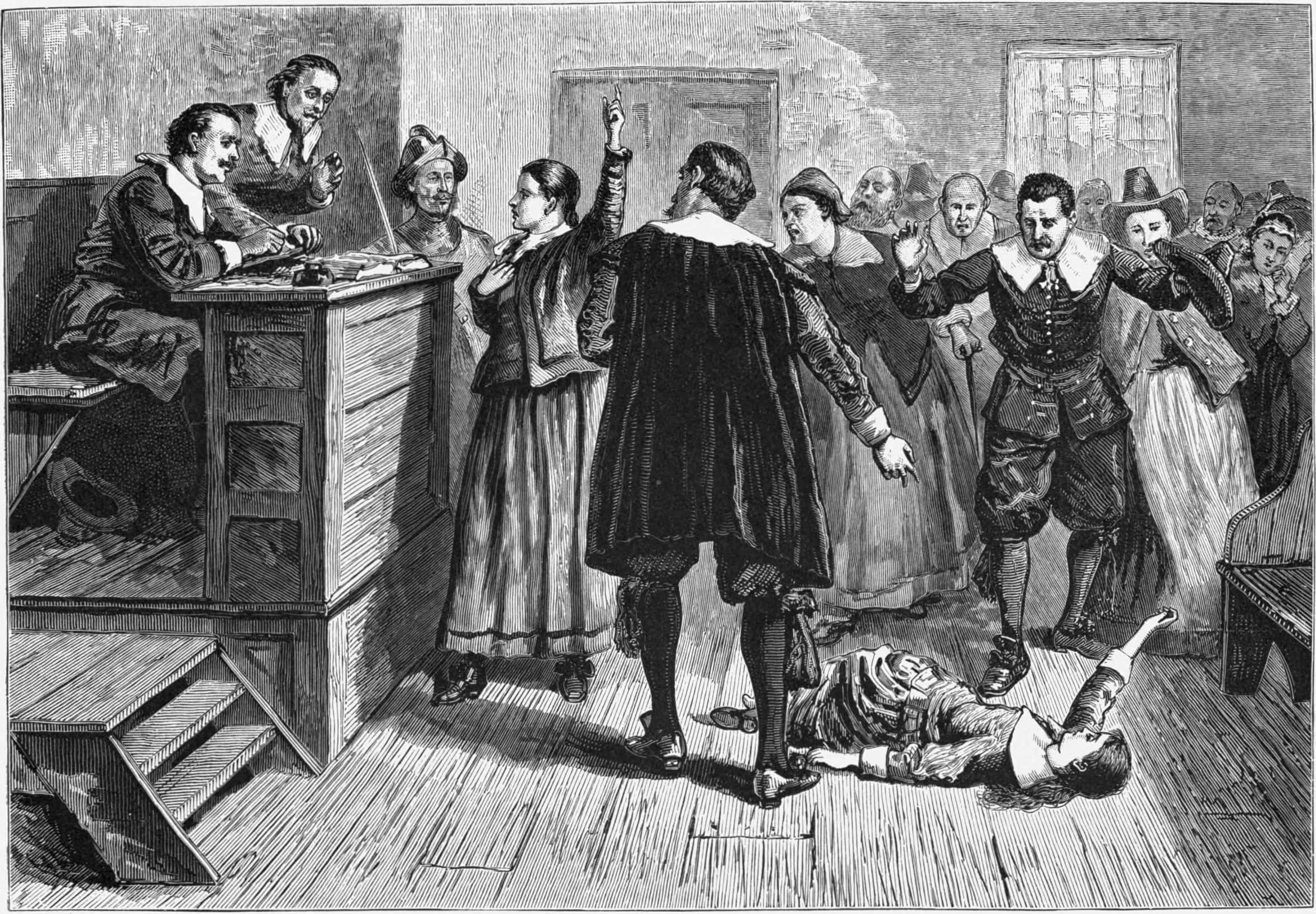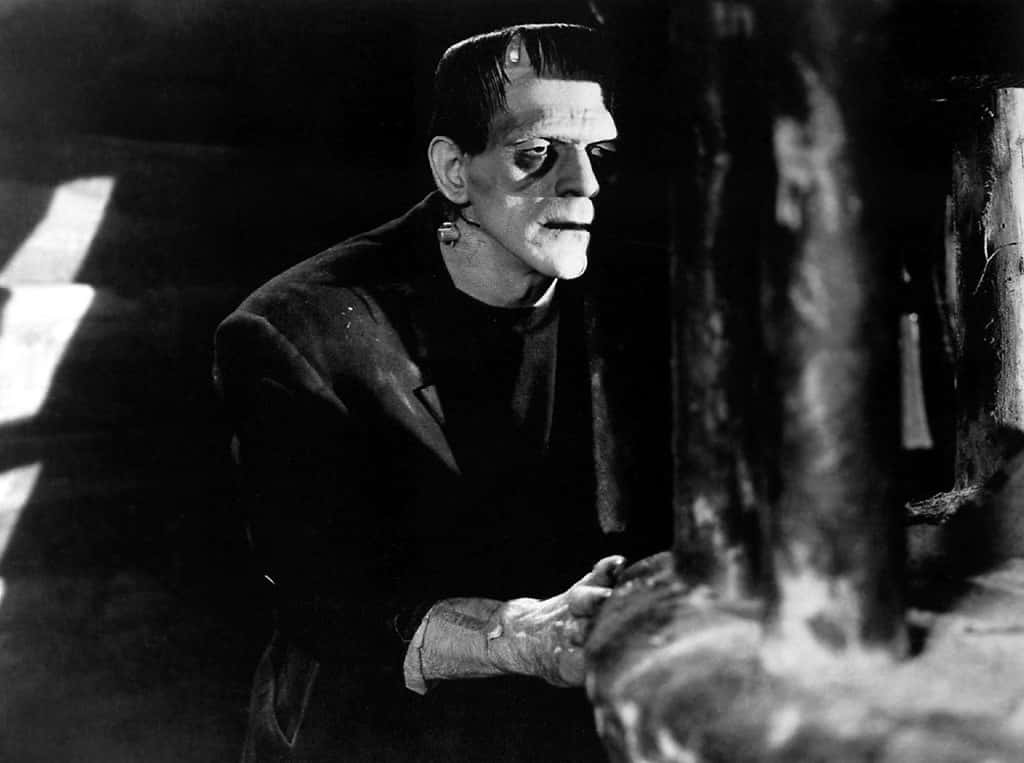“Heroes need monsters to establish their heroic credentials. You need something scary to overcome.”
—Margaret Atwood
When the iconic Canadian author, Margaret Atwood, talks about monsters she places them almost on a pedestal. Monsters are essential, she argues. Otherwise, how else would we know what our heroes are capable of?
And sure, that's a fair point... except, it doesn't seem to explain our fascination with the monsters themselves. Between vampires, zombies, werewolves, mummies, and aliens, among others, we find new ways to terrify ourselves with these besties almost every day. Horror films, TV shows, even comics... why do we keep doing it?
The answer may just lie in something common to the human experience throughout history: myth and legend. Since our earliest days as a species, just as we gained the ability to speak, we've been telling each other stories... and a common feature of those epic tales are the horrific monsters to be overcome. And while Margaret Atwood is right, in that part of their purpose seems to be to act as proof that our hero is, in fact, a hero— we here at Factinate don't think that's the entire story...
Monsters are about more than the hero who fights them. Monsters represent fears we all share. They serve as fictional representatives of real-life horrors, whether abstract (like death) or more fixed and concrete, like predatory animals. In either case, part of the reason we tell each other these stories is to cope with the fact that, as Game of Thrones has pointed out, "the night is dark and full of terrors". We tell each other monster tales in order to make our real-life demons just a little more manageable.
Here are 43 facts about the unlikely beginnings of well-known monsters.
Origins of Monsters facts
43. Women’s Work
Guess we can thank the story of Eve talking to the serpent for this one. That story is most likely the primary origin of a deeply rooted misogyny that led to a common belief that women were more likely to be tempted by the Devil, and thus, more likely to be witches. The Laws of Alfred, written by King of Wessex Alfred in 893 AD, called witching a primarily female activity.
42. Lake Devil
A vast water serpent is said to occasionally surface in Lake Okanagan in British Columbia, Canada. Today it's called the Ogopogo, and sightings of the supposedly horrifying creature have been reported as recently as 2015.
But it seems the creature was both named and birthed by a popular English music number from the 1920s, "The Ogo-Pogo: The Funny Fox-Trot", written by Cumberland Clark and Mark Strong. The song humorously describes a half-whale, half-earwig creature.
Although...
This one might actually have more to it than we thought. On further research, we've learned that stories of a watery beast in the Okanagan have existed, in some form or another, since before European settlement. Stories originally referred to a smaller, but no less threatening, sea creature— known by the native name n’haitaka, meaning “lake devil.”
41. But Bats Too
Tales about vampires were passed around long before bats got wrapped up in the myth. But, eventually, their “scarier” traits were cited to associate them with the blood-sucking undead—hence, the naming of a species of bat as the vampire bat. In addition to drinking blood—normally from livestock, and not enough to cause damage—bats are carriers for rabies, which, when transmitted to humans, causes vampire-like problems such as insomnia, hypersexuality, and violence.
40. Bites for All!
Like the vampire, the idea that biting could transmit the curse of the werewolf was probably based on similarities to cases of rabies. One bite from a diseased animal is enough to transmit the disease to humans.
39. Wolf or Ulf?
Werewolves have a long Germanic lineage—the ulfhednar were ancient German warriors who were incredibly fierce and ferocious, and were venerated by the Germanic people. Because of their deadly nature, they were thought to be wolves of the war god Odin, and the fact that they ran into battle in a crazy rage, terrifying their enemies while wearing wolf pelts instead of armor probably helped develop that legend.
38. A Modern Problem
Nearly every European country has a myth linked to werewolves, largely based in pagan religion. As Christianity spread throughout Europe in the Middle Ages, the pagan wolf gods became folkloric wolfmen. Even in the 19th century, there were public accusations against people alleged to be werewolves.
37. Oh Mummy
As a result of Napoleon’s Egyptian campaign (1798-1801), there was a massive amount of interest in the subject of ancient Egypt among Europeans in the early 19th century, in a phenomena known as “Egyptomania.” Tales of the pyramids and discoveries of burial sites enraptured the minds and inflamed the creativity of Europeans at the time, and mummies became a cultural obsession. A popular version of a mummy tale at the time was Bram Stoker’s spooky, scary mummy from his 1904 novel The Jewel of the Seven Stars.
36. Not Just a River in Egypt
Mummification as a practice to preserve and honor the dead was not confined to Egypt. In the peat bogs of Chile, mummies have been found, and many believe they could be the oldest in the world. Since these bogs create an environment especially conducive to preserving bodies, it is extremely hard for scientists to date them, but they may be thousands of years old.
35. Why the Spooky Face?
In traditional European culture, the color black was associated with death and burial rites. When the plague hit, many corpses rotted in the streets. Those who were meant to dispose of them wore long cloaks in attempt to protect themselves from death. They also wore long masks filled with flowers or herbs to prevent foul smells from making them sick. The combination of the dead bodies, the long black cloaks, and the creepy mask were all conflated over time to give us the image of the Grim Reaper that we’re familiar with today.

History's most fascinating stories and darkest secrets, delivered to your inbox daily.
34. Scythe What?!
But why the long creepy staff with a blade on it? Well, that scary little number is called a scythe and was used in pre-industrial times to harvest wheat. Some images from the time show the reaper “harvesting” people—using his blade to knock down multiple people at the same time, a potent metaphor for an era full of disease and death.
33. Little Grey Men
The archetype of a small, grey, pot-bellied body with giant eyes didn’t come from “secret” “leaked” tapes of alien autopsies after the Roswell incident—ok, well, it kind of did, but those tapes were faked. A similar image of what aliens may look like can actually be traced to H.G. Wells’ book The First Men in the Moon—over 40 years before Roswell “confirmed” this appearance in our collective consciousness.
32. Zombies
The term zombie could have origins in any number of West African words – for example, nzuambi, which means “spirit of a dead person” in Kongo, or ndzumbi, which is Mitsogo for “corpse.”
31. This is Your Mind on Drugs
Canadian ethnobotanist Wade Davis has done research to suggest that naturally occurring drugs tetrodotoxin, a paralyzer, and datura stramonim, a poisonous plant that makes one compliant, could have been used in succession to create “living zombies” in the Caribbean. This may have been the case with “real life” zombie Claudius Narcisse.
30. Which Witch?
The Witchcraft Act of 1735 was still on England’s books all the way until 1951. That means that a woman named Jane Rebecca Yorke was found guilty of being a witch in 1944, while in reality, she should have been prosecuted for impersonating a medium and conducting fake séances.
29. Anything You Can Do…
Men practiced witchcraft also, and were called wizards, warlocks or sorcerers., depending. No matter their name, countless men and women were persecuted throughout history, despite lack of evidence, for the practice of witchcraft.
28. …I Can Do Biter
In Armenia, it was believed that if a woman was found to have committed a deadly sin, she would be transformed into a wolf and spend seven years trapped as one. I guess women weren’t committing a lot of deadly sins and thus proving this belief wrong back then?
27. By Any Other Name
Werewolves are also known by the ancient word lycanthrope, a combination of lukos, which means wolf, and anthropos, which mean human, in ancient Greek. The need for such a term? In the fifth century BC, the Greek historian Herodotus described a tribe that transformed into wolves for several days every year and then transformed back. Herodotus, I think they may have just been playing a massive prank on you, dude.
26. Is There a Vet in the House?
The lycanthrope myth persisted in Greek society, and in the second century, a famous Greek surgeon described the condition of “clinical lycanthropy” in which a patient believed that he could transform into an animal.
25. Unleash the Kraken
Scandinavian mythology describes the Kraken as a 1-mile long sea creature that attacks boats without warning and is generally described as having large tentacles. In some stories, it’s so big that sailors would come upon it and think it was an island, only to find out that they had made a deadly mistake.
24. Sea Mist-er
An early iteration of the Kraken comes from a 13th-century text called the Örvar-Oddr. The tale involves a sea monster called the Hafgufa, which bears a strong resemblance to later versions of the Kraken.
23. Calamari to Share
The Kraken is believed to based on the giant squid, a large creature which rarely leaves the deep sea where it resides. The giant squid can measure up to 18 meters long. While that’s hardly island-sized, one piece of calamari made from the giant squid would probably be the size of a dinner plate.
22. Big in Japan
Sea monsters don’t just exist in the lochs of Scotland. In Japan, the native Ainu people believe in an enormous octopus called Akkorokamui. It has been spotted several times, most notably by a British missionary named John Batchelor. He wrote that a monster attacked three fishermen in their boat: “The monster was round in shape, and emitted a dark fluid and noxious odor… The three men fled in dismay, not so much indeed for fear, they say, but on account of the dreadful smell. However that may have been, they were so scared that the next morning all three refused to get up and eat; they were lying in their beds pale and trembling.”
21. Squid vs. Whale
For many years, the only evidence that giant squids existed came from hungry sperm whales. Giant squids were a favorite meal of the sperm whale, who might be found with sucker-shaped scars, or washed up with huge tentacles in their stomachs. The whales have been known to dive over 6,500 feet deep and stay under for an hour to catch their preferred slippery snack.
20. Mange-y, No Good Pile O’ Bones
The Chupacabra is a Latin American monster who walks on four legs and is known for sucking the blood from goats … and more. Most experts believe that those who claim to have seen a Chupacabra are more likely to have seen a coyote with mange, a disease that causes their fur to fall out.
19. Friendly Giant
The creature we known as Bigfoot was referred to by early Native American tribes as Sasquatch, and it’s considered it a protector of the woods. Sasquatch was commonly depicted on totem poles and considered a spiritual creature.
18. I Mean, You Could Call it That
Russia put Bigfoot on the endangered species list in 1965. Germany and France, not to be left out, added him in 1967. What else is on their endangered species lists?
17. And Yeti…
The first publicised report of the Yeti happened in 1925 when it was spotted by a German photographer. However, many Nepalese claimed to have seen it decades before that. They consider the Yeti nocturnal and say that it communicates in whistles and growls. They also believe that the Yeti has super strength—enough to knock a man out with a single punch! How does that match up to the Abominable Snowman from Rudolph the Red-Nosed Reindeer?
16. Mountain Men
Famed explorers Sir Edmund Hillary and Tenzing Norgay reported seeing large footprints while climbing Mount Everest in 1953, before they had heard of the existence of the Yeti. Despite this, Hillary would later discount reports about their “encounter” with the creature.
15. For Science!
Chinese scientists recently announced that would be launching an expedition to find their version of the Yeti, to the tune of almost $3 million. The name for their abominable creature? 'Yeren' or 'Wild man'. It comes nearly three decades since a series of sightings launched three similar expeditions from China's Academy of Science. Science, eh?
14. Not Quite Dracula
In the Java rainforests in Indonesia, there are said to live enormous, carnivorous bats that are big enough to take down large animals and even humans. Called ahools, they are terrifyingly, the size of condors, with a 10-foot wingspan, and powerful legs and claws. They apparently look a lot like fruit bats, but with the ability to kill and hunt much larger prey.
13. New Jersey Can’t Be That Bad
Since the mid-18th century, hundreds in New Jersey have reported seeing a large, two-legged, hooved monster with a sheep’s head and scaly wings prowling the Pine Barrens region. Called the New Jersey Devil, the creature is said to be the 13th son of an early settler named Mother Leeds. The child was unwanted, so Leeds gave the child to the devil on its birthday in 1735.
If you ever wondered why New Jersey's professional hockey team is called the Devils, there's your answer.
12. The Devil Strikes….
In 1909 a long trail of hooved footprints crossing over walls, rooftops and under fences appeared one cold snowy night, adding more fuel to the fire of the Devil’s legend. Versions of the Jersey Devil have appears in multiple movies, video games and TV shows, including The X-Files.
At least one academic, though, as tried to come up with an explanation for the stories. It might just be a little more believable than a literal hell-beast which stalks New Jersey:
Brian Regel is a scientific historian at Kean University in New Jersey, and his theory regarding the origins of the Jersey Devil lies in something distinctly human: political rivalry.
Regel claims that local religious-political struggles during the 17th century led to a specific New Jersey family, the Leeds, being labeled "devilish". But as the power of legend and imperfect communication took hold, what began as simple name calling soon became stories of an actual demon-child born who had been born to the family.
All of which would explain the creature's original name: the Leeds Devil.
11. Cyborgs or Robots, Oh My!
A seemingly modern monster, the idea of cyborgs and robots comes, surprisingly, from ancient Greek mythology, among other origins. However, it was Czech playwright Karel Capek’s 1920 sci-fi play Rossum’s Universal Robots that invented the idea of killer robots. The ‘monsters’ in the play were technically closer to cyborgs, being part biological, but they still end up destroying the human race.
10. Caviar of the Lake
Much like the Ogopogo we mentioned earlier, the Loch Ness monster is said to be a reptilian sea-beast which claims a small, otherwise foreboding lake for its home.
Unlike the Ogopogo, though, Nessie is famous worldwide. Since the first picture "evidence" of her existence surfaced, in 1933, Nessie's fame has waxed and waned... but she's never stopped drawing curious travelers to the Loch, deep in the Scottish Highlands.
Over time, people have come up with a few guesses as to what the Loch Ness monster could look like. Some have theorized that she has large, crocodile-like scales on her spine. At least one native fish that it could be? A sturgeon. They grow incredibly long, can weigh several hundred pounds, and have a ridged back.
 Wikimedia Commons, StaraBlazkova
Wikimedia Commons, StaraBlazkova
9. A Circus Surprise
There’s a chance that if Nessie is real, that she may be an elephant. Huh? The first spottings of a ‘monster’ in Loch Ness occurred in the 1930s, when traveling circuses were common. Groups would occasionally let their elephants out to play and cool down in the lake. Elephants are actually excellent swimmers, and can use their trunks as a snorkel to breathe. Thus, it’s possible, that at least a few of the times when people spotted the “monster,” they might have just been seeing a sneaky elephant who didn’t want to return to the circus.
8. A Bad Trip
The Salem witch trials were instigated when a group of young girls said they were attacked by supernatural beings sent by magic-practicing villagers. Yet scientists think there may have been a more believable cause. Rye grown in Salem at the time may have been contaminated by ergot, a fungus with a similar chemical makeup to mind-altering drugs like LSD. Ergot can cause people to experience seizure, pain, and hallucinations. This could have been the real explanation for the bizarre claims that would result in the execution of 20 people.
7. And a Bad Book
Before fungus sent people to their death, a book by the name of Malleus Maleficarum, a legal and religious document written in the 15th century, was sending people on witch hunts. The book became the go-to handbook on dealing with witches and witchcraft and created a witch-hunting hysteria that would last in Europe for 300 years.
6. Papal Approved
Pope Innocent VIII recognized the existence of witches, saying “many persons of both sexes, heedless of their own salvation and forsaking the Catholic faith, give themselves over to devils male and female,” and that they “afflict and torture with dire pains and anguish, both internal and external.” This papal bull gave the writers of the Malleus Maleficarum the justification they needed to begin their witch hunts.
5. It Was a Dark and Stormy Night….
A few friends were sitting around Lake Geneva when one suggested they all tell ghost stories. The year was 1806, and the ghost stories they told would turn into Frankenstein, told by Mary Shelley, and the very first modern vampire story, the Vampyre, by John Polidori. Where would horror films be today without that one storytelling session?
4. The Sad Clown
Culture’s first killer clown? It wasn’t the original It—it was an Italian opera called “Pagliacci.” Pagliacci, a depressed clown, is actually a character in a play that is performed within the opera, The actor who plays him murders his adulterous wife and her lover during the course of the performance.
3. Serial Clown
Of course, Pagliacci is one version of a scary clown, but he’s got nothing on the real-life scariest clown of all time—serial killer John Wayne Gacy, who was a successful children’s performer at the time that he committed his crimes.
2. King of the Killer Clowns
Stephen King’s classic novel It, and it’s two adaptations, certainly turned the murderous clown into an iconic modern monster. Since the release of the book, Clown International, an organization for clowns, has lost over 90% of its members—which I’m sure is good news for those reading this who actually are scared of clowns.
1. I Vant to Understand Mortality
The inspiration for modern day vampires came from a variety of sources, but one of the main reasons why the myth about vampires began in the first place makes a lot of sense. Centuries ago, plagues and sickness were killing off Eastern Europeans in record numbers. Without an understanding of germs and illness, blaming deaths on an undead monster who sucked away life must have made some sense.

